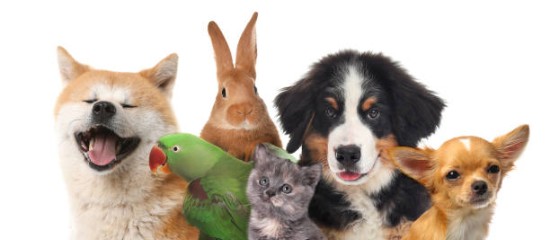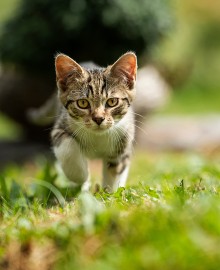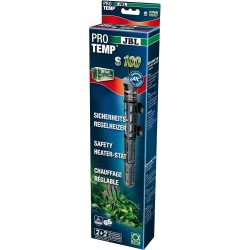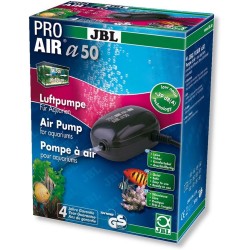| Breed Recommendation | All Breed Sizes |
|---|---|
| Pet Life Stage | All Life Stages |
| Product Dimensions | 5.6 x 5.6 x 14.6 cm; 125 g |
| Item model number | 3121000 |
| Flavour | Unflavoured |
| Item Form | Granule |
| Colour | green / red |
| Size | 125 g (1er Pack) |
| Number of Items | 1 |
| Storage Information | Store in a dry place |
| Specific Uses | Growth Health |
| Batteries required | No |
| Item Weight | 125 g |
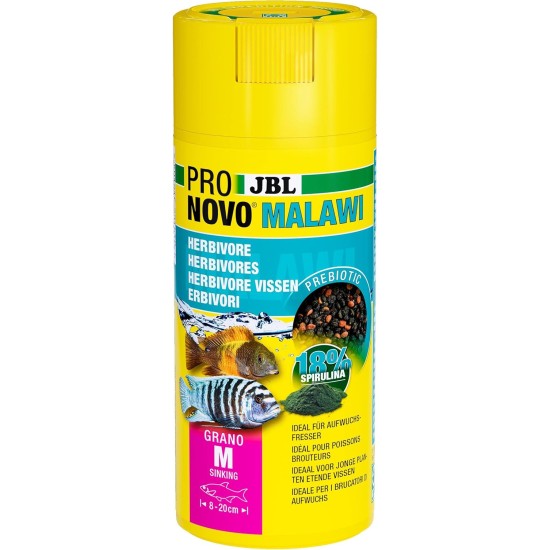
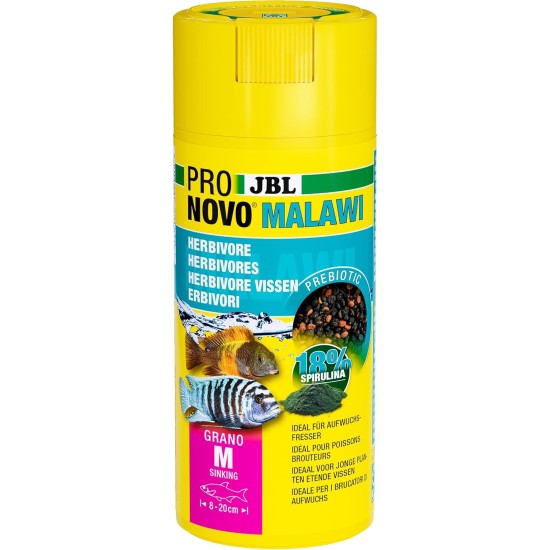


- Stock: In Stock
- Brand: JBL
- Model: B08NWYW7LX
- Weight: 125.00g
- Dimensions: 5.60cm x 5.60cm x 14.60cm
- SKU: B08NWYW7LX
- ISBN: B08NWYW7LX
More from this brand
- Sinking main food granules: for all cichlids from 8-20 cm, healthy digestion, prebiotic with special fibre to supply the positive intestinal bacteria
- Natural raw materials: no artificial additives, natural diet for healthy cichlids, tested on JBL research expeditions in the tropics
- Very high acceptance: high-quality raw materials such as spirulina, spinach and shrimp for high acceptance even with picky cichlid species
- Light-tight packaging: original sealed, light- and airtight and recyclable tin with click dispenser as feeding aid
- Box contents: 1x JBL Pronovo Malawi Grano, main food for all cichlids from 8-20 cm, size: M, capacity: 250 ml, 3121000
About this item
Technical Details
Important information
Indications:
Feed once or twice a day as much as is eaten in minutes
Ingredients:
spirulina; salmon flour; wheat flour; shrimp flour; wheat glue; wheat germ; corn flour; soy flour; rice flour; potato flakes; yeast extract; krill flour; apple fibre
Directions:
Feed once or twice a day as much as is eaten in minutes
- Box contents: original sealed, airtight and lighttight, recyclable tin with dosing aid inside the lid at 250 and 1000 ml
What's in the box?
From the manufacturer


Species-appropriate and easy to digest
JBL PRONOVO MALAWI GRANO
In the two trench break lakes of East Africa, Malawi and Tanganyika, many cichlids have specialised in pulling algae growth from the rocks with the small creatures living in it (herbivore regrowth eaters). Pronovo Malawi was developed for these species. Almost all other species in both lakes live predatory and eat fish, small creatures, shrimp and fish brood. Some even eat only the scales of other fish (plecodus). Pronovo Tanganyika was developed for the predatory species of the two lakes. If both groups are maintained together in one aquarium, both types of food must be offered. Every diet type gets the right food for him. Since the predominant number of well-groomed cichlids from Lake Tanganyika, the feed for predatory species was called PRONOVO TANGANYIKA. Since most well-groomed species from the Malawisee are growing eaters, JBL has called this feed Pronovo Malawi.
Growing eaters from the Malawise and the Tanganyika Lake
The typical up-growing eaters (Mbuna) from Lake Malawi include Pseudotropheus, Chindongo, Cynotilapia, Maylandia. Typical growing eaters from Lake Tanganyika are among others. Tropheus and Petrochromis.
Probiotic or prebiotic - what's better?
Prebiotics are substrates that are selectively used by host microorganisms and convey health benefits. Scientists agree that they promote digestion and thus health. With our fish there is another aspect: Better digestion eliminates less algae problems and keeps the water cleaner.
Advantages at a glance:
- For growing cichlids from Lake Malawi and Tanganyika
- Natural nutrition
- Made from natural raw materials
- Highly digestible
- High-quality ingredients for high acceptance
- Easy to use

Feeding recommendation:
Feed your fish once or twice a day, as much as is eaten in minutes.

High-quality raw materials
No cheap fish meal is processed during production. JBL also uses only fish meat that remains during fillet production. So no fish need to be caught for food production. The optimal, balanced feed mixtures made from high-quality ingredients are created by the results of JBL research expeditions and the knowledge of the JBL research and development team.

Flakes or granules?
There are few arguments for or against the type of food. However, if you use a feeder, you must choose granulate food, as almost all feeders are only suitable for granules. If a feeder is due for the next holiday, you should get your fish used to the granules from the machine in time. Some fish are difficult to change from granules to flake or vice versa.

Innovation from love for animals for generations
Today in 3rd Generation-run family business operates worldwide and constantly sets new standards through active research work. With its production location in Germany, JBL takes on social responsibility and ensures high quality in the product areas of aquariums, terrariums and garden ponds.

Feeding recommendation:

High-quality raw materials

Flakes or granules?

Innovation from love for animals for generations
